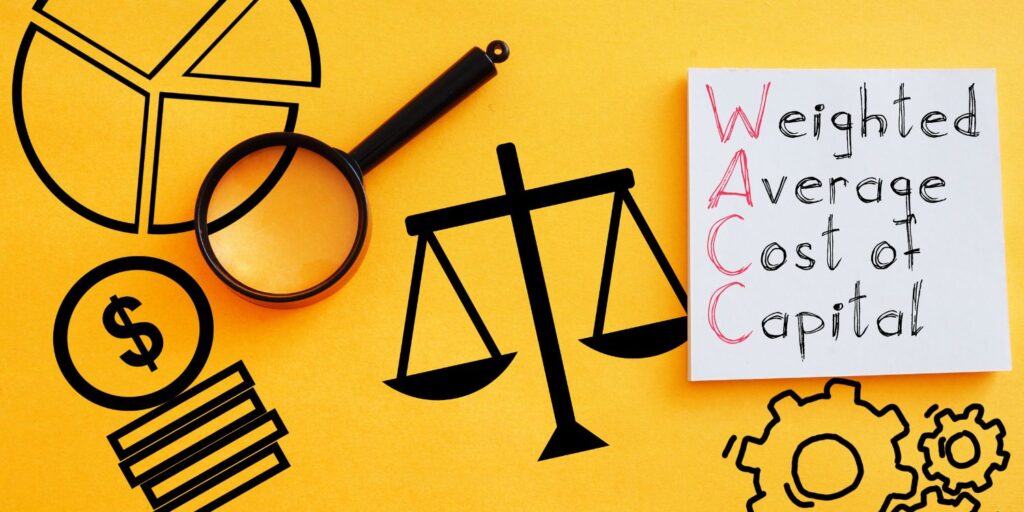Posts Tagged ‘Capital Cost Estimates’
Estimating the Cost of Capital for Renewable Energy Projects
Renewable energy projects have become essential in the global effort to reduce carbon emissions and transition to sustainable energy sources. Estimating the cost of capital for these projects is a critical step in ensuring their financial viability and attractiveness to investors. This blog will explore the key factors involved in estimating the cost of capital…
Read MoreWhat is a Capital Improvement Plan?
A capital improvement plan (CIP) is a strategic framework that details long-term investments in physical infrastructure and facilities to support the growth, maintenance, and enhancement of a business or organization. It acts as an essential tool for planning and managing capital projects over an extended period, ensuring that resources are allocated efficiently and effectively to…
Read More

